No products in the cart.
Return To ShopContents
- The Seeds of Steel: Early Influences to Heavy Metal in the early 1970s
- The Birth of Heavy Metal: Forging the First Sounds (Mid-1970s)
- The Explosive 1980s: Diversification and Global Expansion
- Forging New Paths in the 1980s: The Birth of Thrash, Speed, Death and Black Metal
- Metal’s Evolution from the 1990s to Today: Fragmentation and Fusion
- Conclusion
Heavy Metal. The very name conjures images of powerful riffs, thunderous drums, and soaring vocals. But for those unfamiliar with this diverse and enduring genre, its origins and evolution can seem like a mysterious landscape. This article will guide you through the fascinating development of Heavy Metal, from its early roots to its multifaceted present, highlighting key bands, influential figures, and the birth of its many electrifying subgenres.
The Seeds of Steel: Early Influences to Heavy Metal in the early 1970s
The foundations of Heavy Metal were laid in the late 1960s and early 1970s, a time of musical experimentation and a desire for something heavier and louder than the prevailing rock and roll scene. Several bands from this era are considered crucial precursors, blending blues-rock with harder, more distorted sounds and darker lyrical themes.
Key Influences during the 1970s
- Blues-Rock Pioneers: Bands like Cream (UK) with Eric Clapton’s powerful guitar work and Led Zeppelin (UK) with their blend of blues, folk, and hard rock, featuring Jimmy Page’s iconic riffs and Robert Plant’s powerful vocals, pushed the boundaries of volume and intensity. Their early work showcased heavier instrumentation and more aggressive sounds.
- Proto-Metal Trailblazers: Black Sabbath (UK) are widely considered one of the primary architects of Heavy Metal. Their self-titled debut album in 1970 unleashed a darker, more ominous sound with Tony Iommi’s downtuned guitar and Ozzy Osbourne’s distinctive vocals, exploring themes of darkness, war, and the occult. Other bands like Deep Purple (UK) with their classically influenced hard rock and Ritchie Blackmore’s virtuosic guitar playing also contributed significantly to the emerging sound.
- Hard Rock Edge: Bands like The Who (UK) with their powerful live performances and Pete Townshend’s heavy guitar chords, and Steppenwolf (Canada/US) with their biker anthem “Born to Be Wild,” which contains the iconic lyric “heavy metal thunder,” hinted at the heavier direction rock music could take.5
These bands, while not strictly labeled “Heavy Metal” at the time, established crucial elements that would later define the genre: loud and distorted guitars, powerful drumming, often high-pitched or aggressive vocals, and lyrical themes that ventured beyond traditional rock and roll subjects.
The Birth of Heavy Metal: Forging the First Sounds (Mid-1970s)
By the mid-1970s, the sonic elements and aesthetic of Heavy Metal began to solidify. Bands started to self-consciously embrace a heavier sound, faster tempos, and more overtly “metal” imagery.
Key Bands and Developments
- Judas Priest (UK): Often cited as one of the first true Heavy Metal bands, Judas Priest, particularly with the arrival of Rob Halford on vocals, refined the sound with twin guitar harmonies, soaring vocals, and a more aggressive and theatrical stage presence. Albums like “Sad Wings of Destiny” (1976) and “British Steel” (1980) were pivotal in shaping the genre.
- Motörhead (UK): Lemmy Kilmister’s Motörhead injected a raw, punk-infused energy into the heavy rock sound, creating a loud, fast, and uncompromising style that bridged the gap between hard rock and the burgeoning metal scene.
- Iron Maiden (UK): Emerging towards the end of the 1970s, Iron Maiden combined intricate musicianship, galloping rhythms, and Bruce Dickinson’s powerful vocals, creating an epic and influential style that would become a cornerstone of the New Wave of British Heavy Metal (NWOBHM).
The Explosive 1980s: Diversification and Global Expansion
The 1980s witnessed an explosion in the popularity and diversity of Heavy Metal. The NWOBHM movement brought a wave of new bands from the UK, while across the Atlantic, different regional scenes began to develop, leading to the birth of various subgenres.
The New Wave of British Heavy Metal (NWOBHM)
This movement, fueled by bands like Iron Maiden, Saxon, Def Leppard, and Venom, revitalized the metal scene with a raw energy, faster tempos, and a DIY ethic. These bands gained popularity through independent labels and enthusiastic fan bases, paving the way for metal’s mainstream breakthrough.
The Rise of American Metal
The United States also became a fertile ground for metal, with distinct scenes emerging:
- Los Angeles Glam Metal: Bands like Mötley Crüe, Guns N’ Roses, and Poison brought a more glamorous and commercially oriented style to metal, characterized by big hair, catchy hooks, and hard-partying lyrics.
- San Francisco Bay Area Thrash Metal: In stark contrast to glam metal, the Bay Area scene spawned a raw, aggressive, and politically charged subgenre known as Thrash Metal.
Forging New Paths in the 1980s: The Birth of Thrash, Speed, Death and Black Metal
The desire for heavier, faster, and more extreme forms of metal led to the development of distinct subgenres:
| Band Name | Active Period | Country of Origin | Subgenre | Key Characteristics | Influential Figures |
| Metallica | 1981-Present | USA (California) | Thrash Metal | Fast tempos, aggressive riffs, complex song structures, often socio-political lyrics | James Hetfield, Lars Ulrich |
| Slayer | 1981-2019 | USA (California) | Thrash Metal | Extremely fast tempos, aggressive and dark lyrics, chaotic and intense sound | Kerry King, Jeff Hanneman |
| Megadeth | 1983-Present | USA (California) | Thrash Metal | Technical proficiency, complex arrangements, often cynical and political lyrics | Dave Mustaine |
| Anthrax | 1981-Present | USA (New York) | Thrash Metal | Blends thrash with elements of hardcore punk, more melodic approach in parts | Scott Ian, Joey Belladonna |
| Venom | 1978-Present | UK | Black Metal | Raw and lo-fi production, anti-religious and dark themes, aggressive vocals | Cronos |
| Bathory | 1983-2004 | Sweden | Black/Death | Early work influenced black metal, later pioneered Viking and folk metal | Quorthon |
| Celtic Frost | 1984-2008 | Switzerland | Extreme Metal | Blended thrash, black, and doom metal elements, experimental and influential | Tom G. Warrior |
| Death | 1983-2001 | USA (Florida) | Death Metal | Extremely fast and technical riffs, guttural vocals, often morbid lyrics | Chuck Schuldiner |
| Morbid Angel | 1984-Present | USA (Florida) | Death Metal | Blasting drum beats, complex song structures, occult and anti-religious themes | Trey Azagthoth |
| Napalm Death | 1981-Present | UK | Grindcore | Extremely short and fast songs, blast beats, often politically charged lyrics | Shane Embury |
| Terrorizer | 1986-Present | USA (California) | Grindcore | Blends elements of thrash and death metal with grindcore’s intensity | Pete Sandoval |
Thrash Metal: Emerging from the Bay Area, bands like Metallica, Slayer, Megadeth, and Anthrax took the speed and aggression of NWOBHM to a new level. Their fast tempos, intricate riffs, and often socio-political lyrics resonated with a generation seeking a more intense and intellectual form of metal.
Speed Metal: Often seen as a precursor to thrash, bands like Motörhead continued to push the boundaries of speed and aggression, influencing the faster subgenres.
Death Metal: Originating in the mid-1980s, primarily in Florida (USA) and Sweden, Death Metal bands like Death, Morbid Angel, and Entombed embraced extreme speed, guttural vocals, blast beats, and often morbid or occult lyrical themes.
Black Metal: Developing largely in Scandinavia, bands like Venom (UK), Bathory (Sweden), and later Mayhem and Burzum (Norway) forged an even darker and more extreme sound, often characterized by raw production, tremolo-picked guitars, blast beats, and anti-religious or pagan lyrical themes.
Grindcore: Bands like Napalm Death (UK) took extremity to its absolute limit, creating incredibly short, fast, and chaotic songs with often politically charged or nihilistic lyrics.
Metal’s Evolution from the 1990s to Today: Fragmentation and Fusion
The 1990s saw further diversification within the metal scene. While some traditional metal bands continued to thrive, new subgenres emerged, often blending metal with other musical styles:
- Nu-Metal: Bands like Korn (USA), Linkin Park (USA), and Slipknot (USA) fused elements of metal with alternative rock, hip-hop, and industrial music, gaining mainstream popularity.
- Metalcore: Combining elements of hardcore punk and metal, bands like Killswitch Engage (USA) and As I Lay Dying (USA) gained prominence.
- Progressive Metal: Bands like Dream Theater (USA) and Tool (USA) continued to push the boundaries of technicality and complexity in metal, often incorporating elements of progressive rock.
- Gothic Metal: Bands like Paradise Lost (UK) and Type O Negative (USA) blended the heaviness of metal with darker, more melancholic atmospheres and often romantic or gothic lyrical themes.
- Power Metal: Bands like Blind Guardian (Germany), Helloween (Germany) and Nightwish (Finland) emphasized melodic vocals, epic storytelling, and often fantasy-based lyrics, drawing influence from classic heavy metal.
Conclusion
Today, the Heavy Metal scene remains incredibly diverse, with countless subgenres and bands exploring a wide range of sounds and themes.20 From the traditional sounds of classic metal to the extreme sounds of black and death metal, and the genre-bending experiments of progressive and fusion styles, Heavy Metal continues to evolve and attract passionate fans worldwide. Its impact on music history is undeniable, and its powerful energy and artistic expression continue to resonate with audiences across generations.

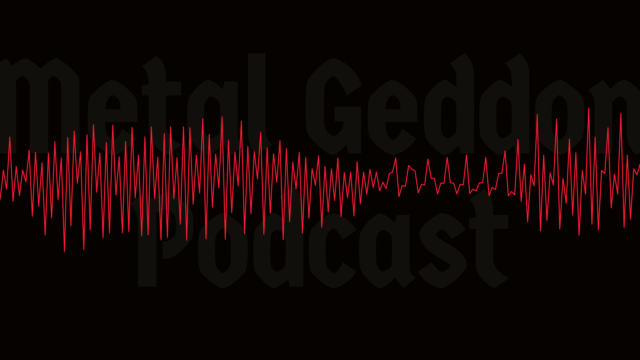

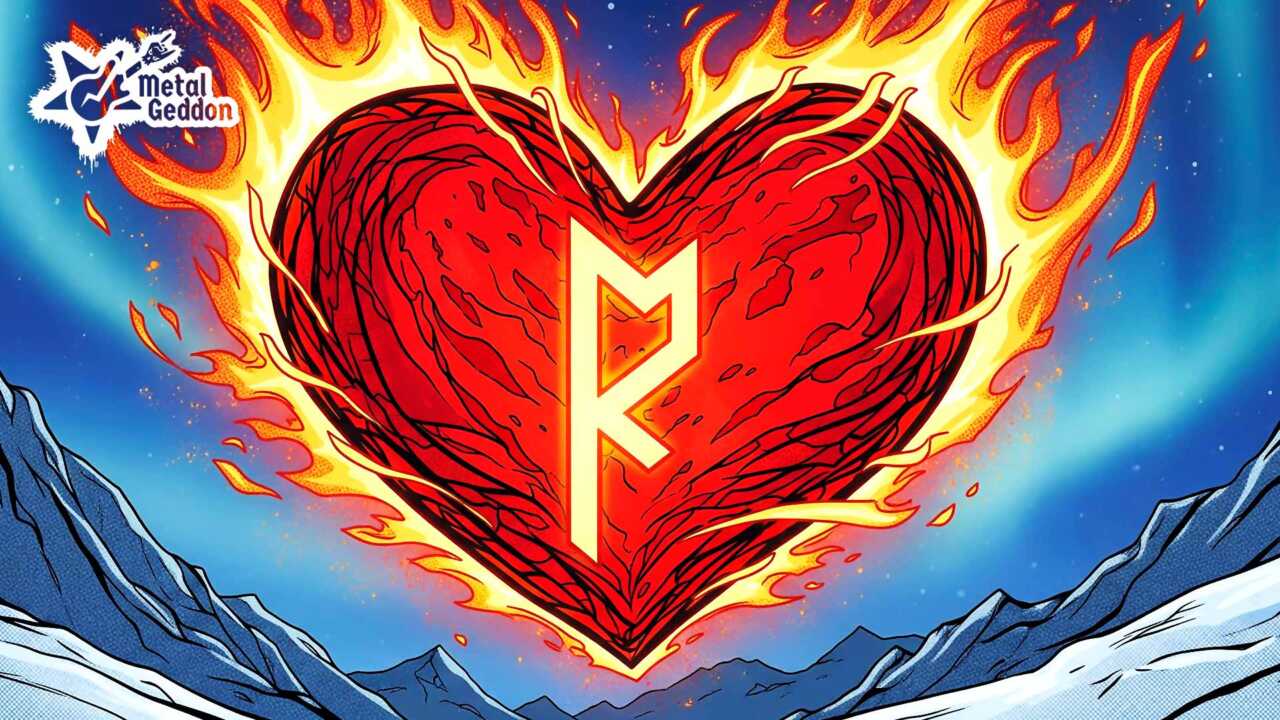
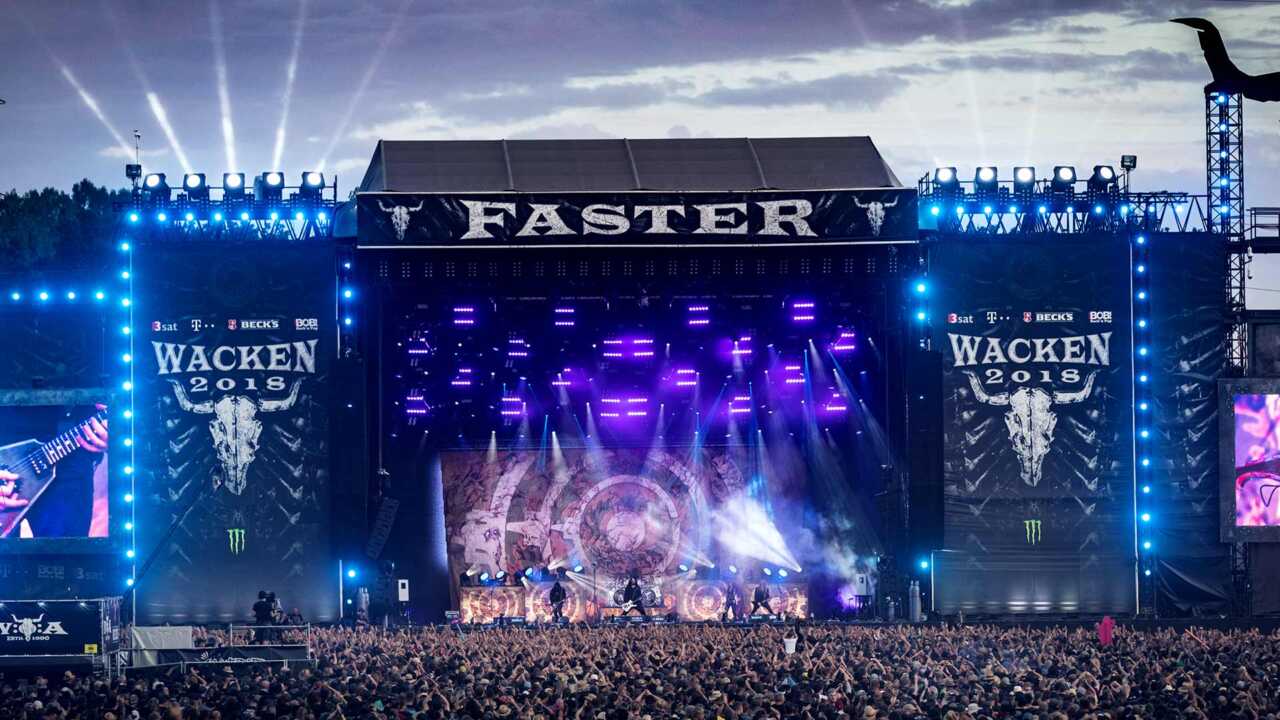



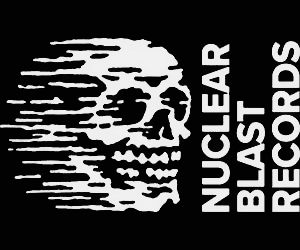

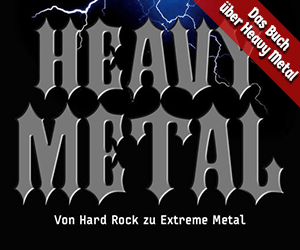

Add comment